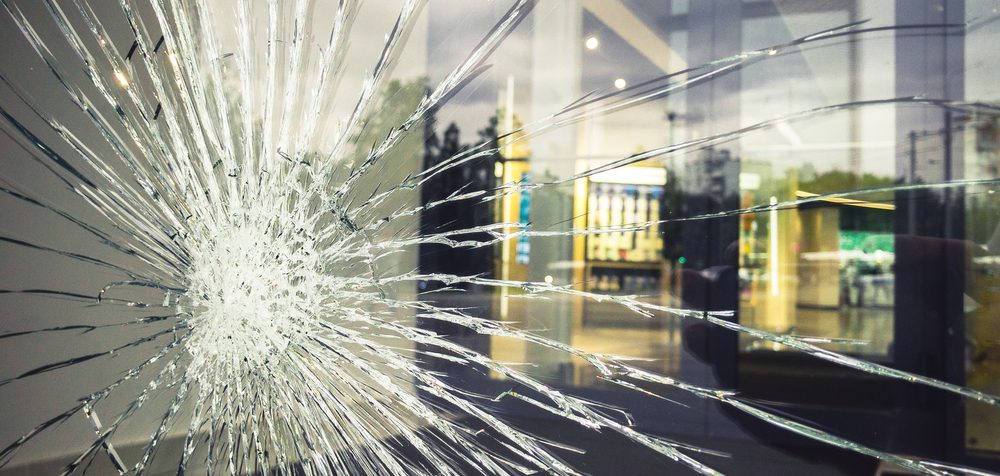
A team from Pennsylvania State University has developed a new type of glass – called LionGlass – which could be manufactured with 50% less carbon output than current methods. Along with reduced emissions, Lionglass has greater resistance to damage compared to conventional soda lime silicate glass.
“Our goal is to make glass manufacturing sustainable for the long term,” said John Mauro, lead researcher on the project. “LionGlass eliminates the use of carbon-containing batch materials and significantly lowers the melting temperature of glass.”
The common glass produced today is produced by melting three primary materials: quartz sand, soda ash, and limestone. Soda ash (sodium carbonate) and limestone (calcium carbonate) both release carbon dioxide (CO2) – a heat-trapping greenhouse gas – as they are melted. Also, the energy required to heat furnaces to the high temperatures needed for melting glass produces a large amount of the CO2 emissions inherent in the process. With LionGlass, the melting temperatures are lowered by about 300 to 400 degrees Celsius, which leads to an approximately 30% reduction in energy consumption compared to conventional soda lime glass.
The new glass also possesses significantly higher crack resistance compared to conventional glass. It did not crack when subjected to a one kilogram-force load from a Vickers diamond indenter, while standard soda lime glass, which forms cracks under a load of about 0.1 kilograms force – making Lionglass at least 10 times as crack-resistant.
“We kept increasing the weight on LionGlass until we reached the maximum load the equipment will allow,” said Nick Clark, a postdoctoral fellow in Mauro’s lab. “It simply wouldn’t crack.”
Crack resistance is one of the most important qualities to test for in glass as it is responsible for the life of the product. Over time, glass develops microcracks along the surface, which become weak points, which eventually lead to breakage.
“Damage resistance is a particularly important property for glass,” Mauro said. “Think about all the ways we rely on the strength of glass, in the automotive industry and electronics industry, architecture, and communication technology like fiber optic cables. Even in health care, vaccines are stored in strong, chemically resistant glass packaging.”
This improved strength of LionGlass could mean that the products created from it can be lighter weight.
“We should be able to reduce the thickness and still get the same level of damage resistance,” Mauro said. “If we have a lighter-weight product, that is even better for the environment, because we use less raw materials and need less energy to produce it. Even downstream, for transportation, that reduces the energy required to transport the glass, so it’s a winning situation for everyone.”
